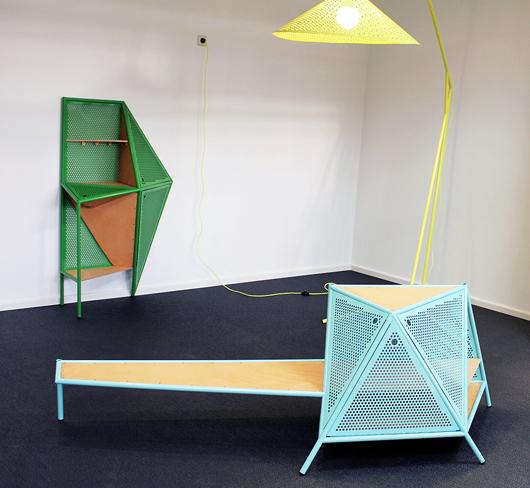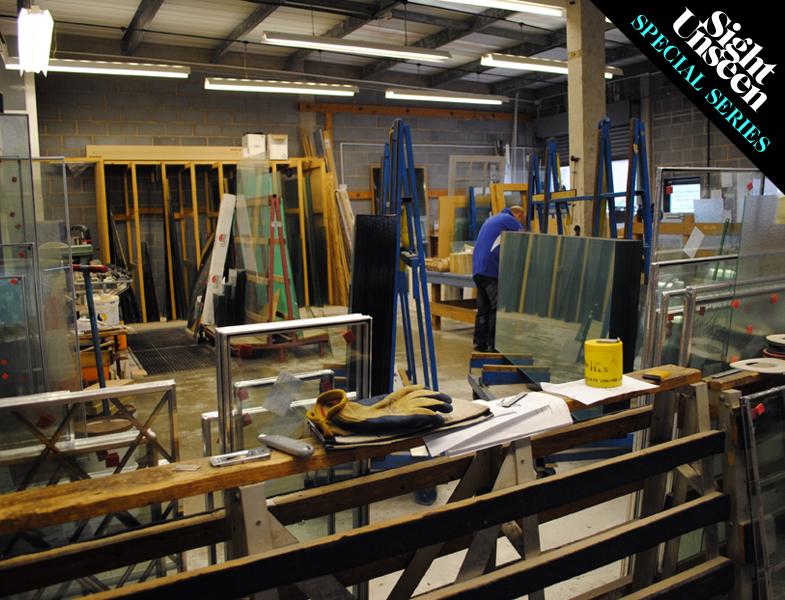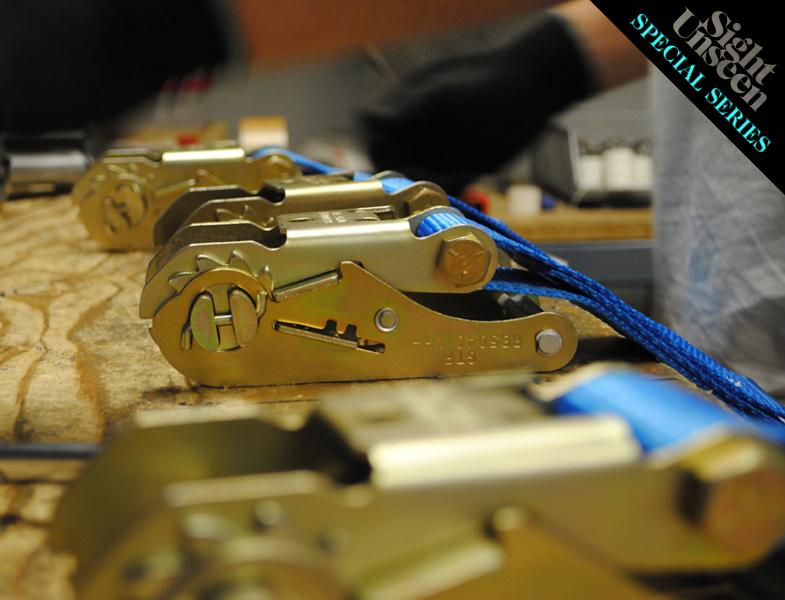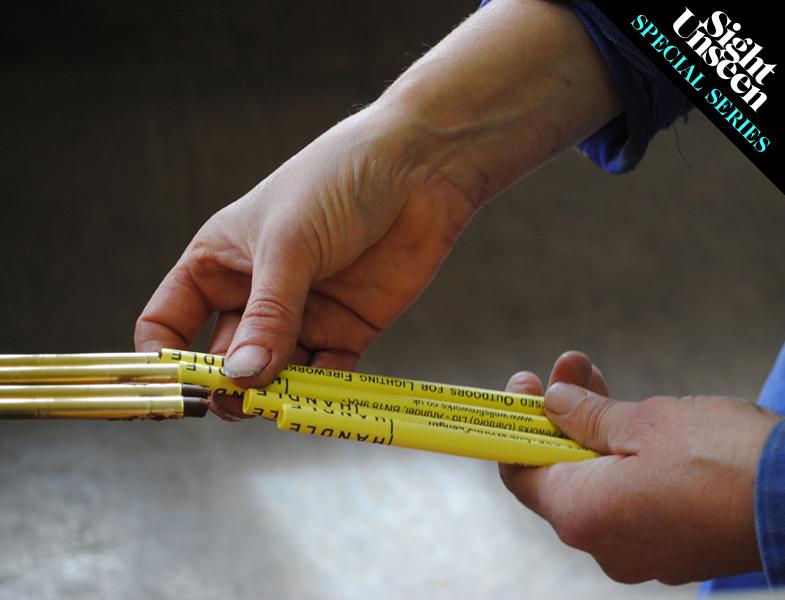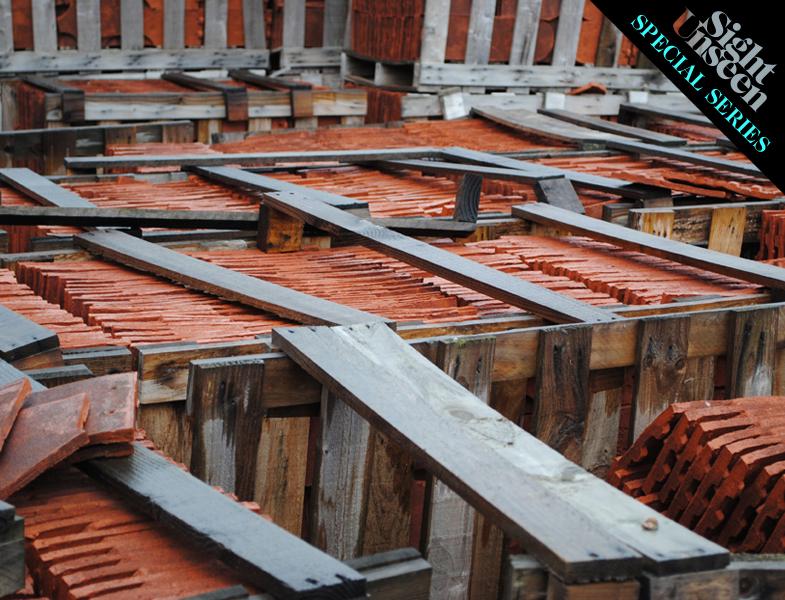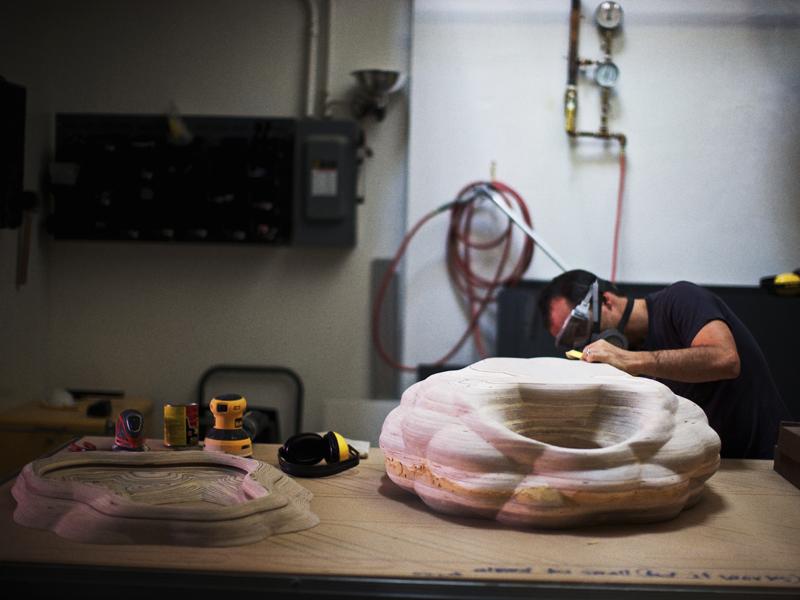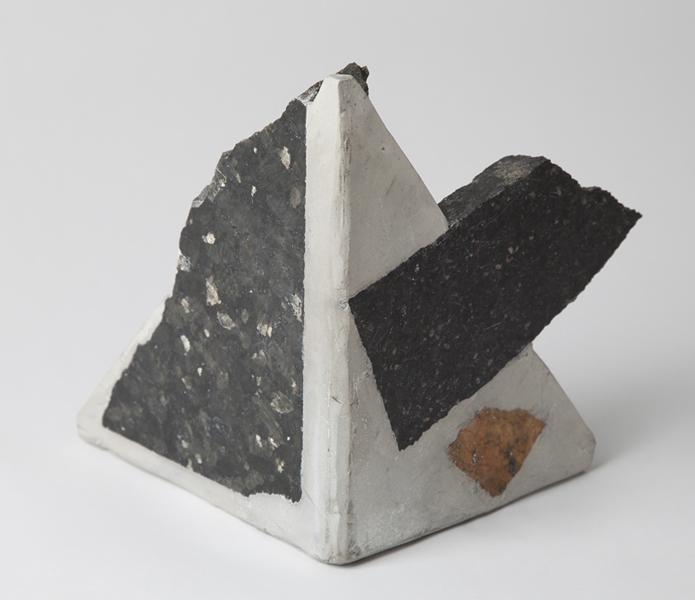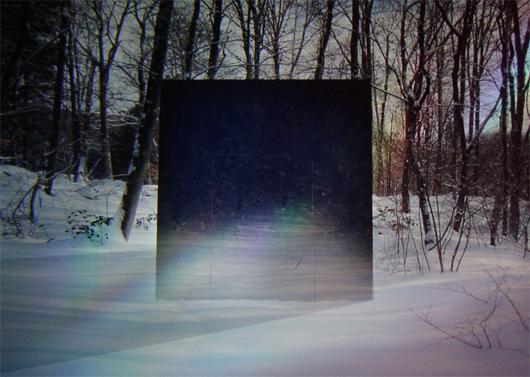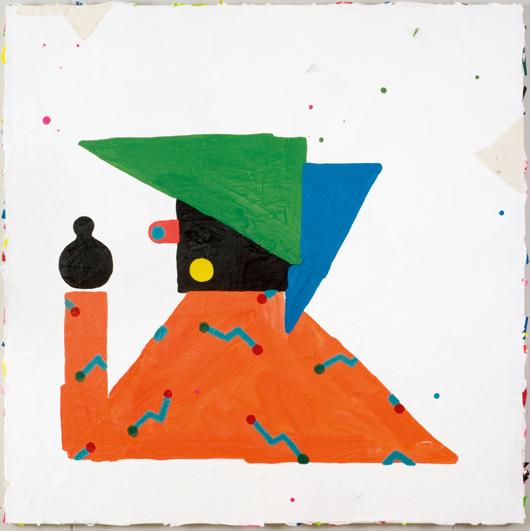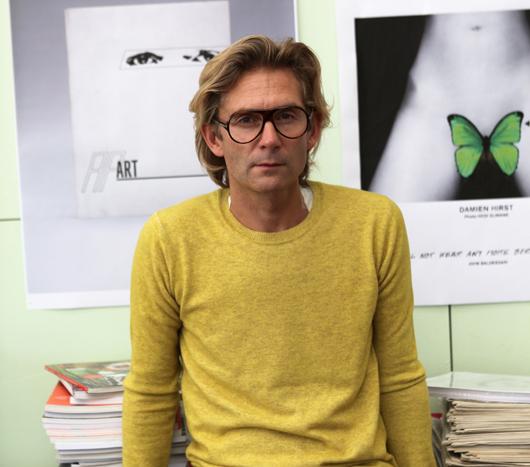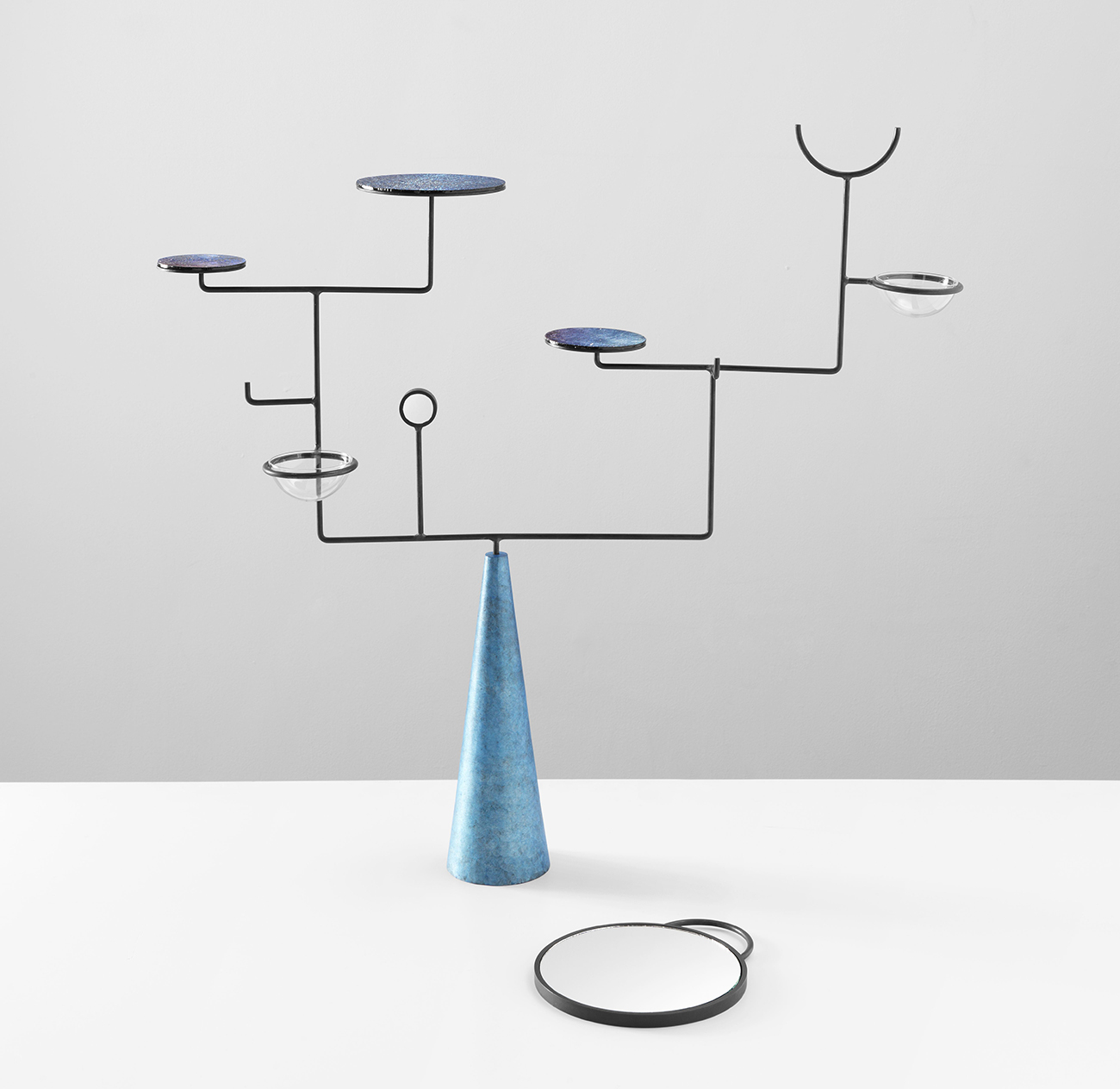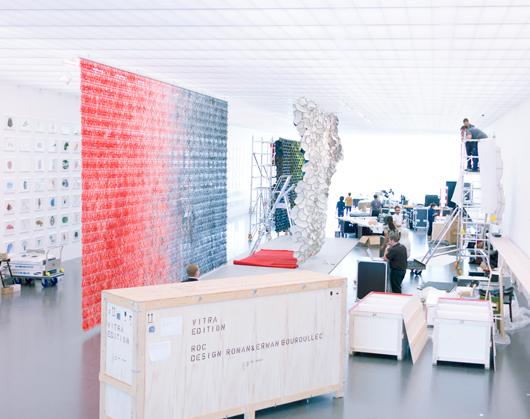
12.19.11
Excerpt: Magazine
The Bouroullec Brothers in Disegno #1
Designers around the world owe Johanna Agerman Ross a drink, or perhaps even a hug: Her new project, the biannual magazine Disegno, is devoted to letting their work breathe. “I always found it frustrating working for a monthly, because I couldn’t give a subject enough time or space to make it worthwhile,” says the former Icon editor. “For a project that took 10 or 15 years to make, it felt bizarre to represent it in one image, or four pages.” Founded by her and produced with the help of creative director Daren Ellis, Disegno takes some of the visual tropes of fashion magazines — long pictorial features, single-photo spreads, conceptual photography — and marries them with the format of a textbook* and the investigative-reporting ambitions of The New Yorker. The story about Ronan and Erwan Bouroullec which we’ve excerpted here, for example, fills 22 pages of the new issue and runs to nearly 3,000 words; it’s accompanied by images captured over two full days the photographer spent with the brothers, one in their studio and one at the Centre Pompidou-Metz, where they were installing their latest retrospective, “Bivouac.” And articles on Martin Szekely, Azzedine Alaïa, and Issey Miyake’s Yoshiyuki Miyamae are set either over lunch, or in the subject’s living room. The focus, says Agerman Ross, is on proper storytelling. “The people behind the project, the process of making something, even the process of the writer finding out about the story — that’s all part of it,” she says. “It’s the new journalism.” Obviously, we couldn’t agree more.
